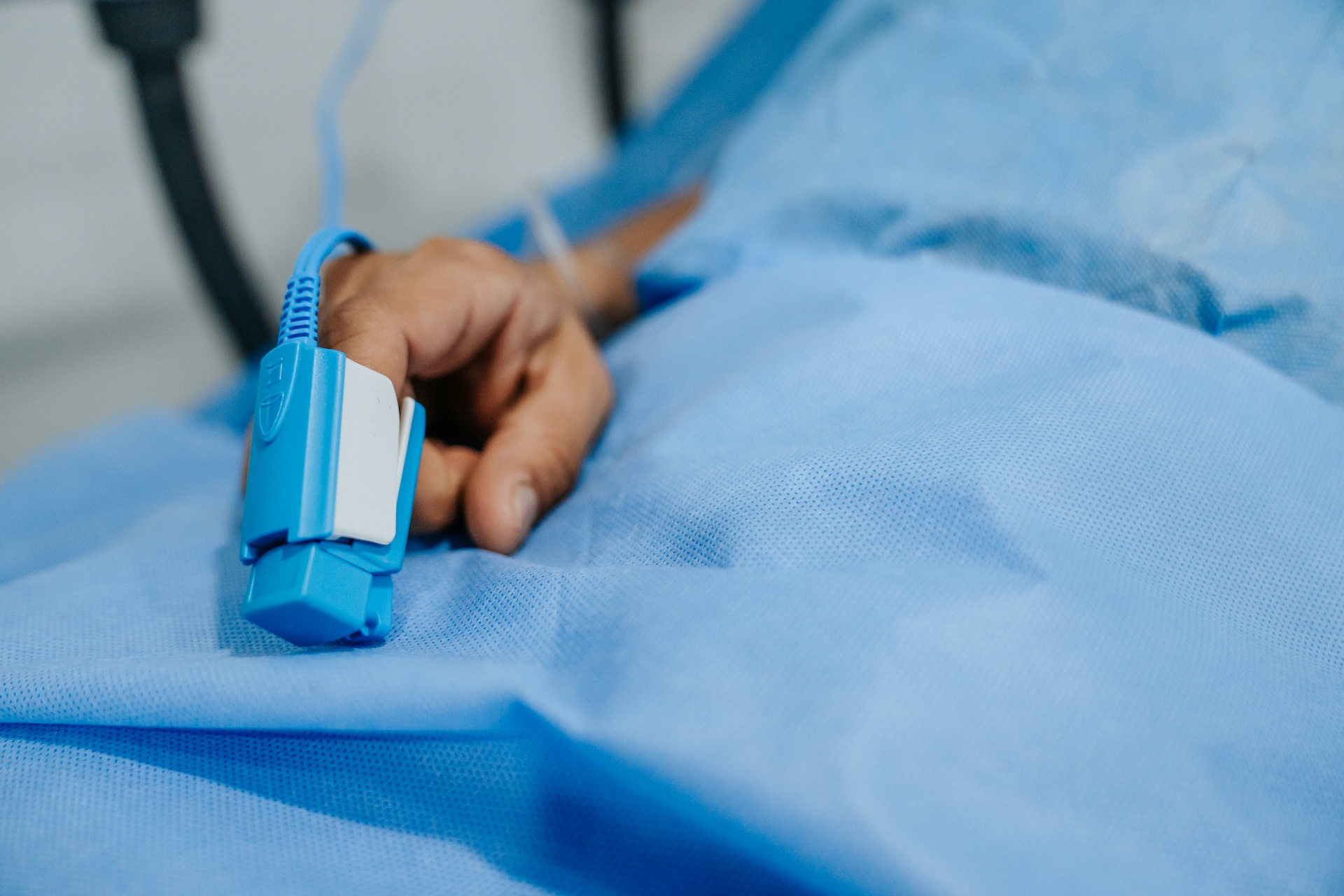oh SHIT. yooooo ok so
sepsis is one of those things a lot of hospitals have special codes for (the other big one is strokes). There’s certain critical conditions that have such a profoundly higher chance of survival and meaningful recovery if they’re caught and treated very quickly (like, within 2-3 hours of the first signs), but that also have fairly complex evaluation / testing for treatment (brain imaging for strokes, blood testing for sepsis). So while a “Code Blue” is somewhat universally for an unresponsive / pulseless patient and calls the resuscitation team, you would call a “Code Stroke” or “Code Sepsis” for a patient who is (possibly) not unresponsive yet but is showing specific signs of that specific condition.
So what the specialized code does is activate multiple people in the hospital at once with one call, to get all those specific things done as fast as possible. Lab knows they need to get blood cultures, the MD knows they need to be at the bedside assessing, the RN is making sure venous access is established, pharmacy is waiting for the doctor’s antibiotics order so they can approve it and send it up as soon as it’s in. None of these people need to talk to each other or communicate (at least not a lot) to get all of that done immediately. In fact in some hospital systems those people might be notified just by the RN or nursing assistant putting in vitals that match septic shock criteria and as soon as it’s confirmed certain people may be able to do things that would normally require a direct doctor’s order as part of a predetermined protocol that the hospitals medical board decided on ahead of time. Like normally IV fluids would require a doctors order but the protocol can authorize the RN to start running them while the doctor is still on their way up to the unit. All of this exists, again, because early diagnosis and treatment is so critical.
To be able to do the sepsis testing at the bedside is wiiiiild and could radically change some of those algorithms / protocols.



